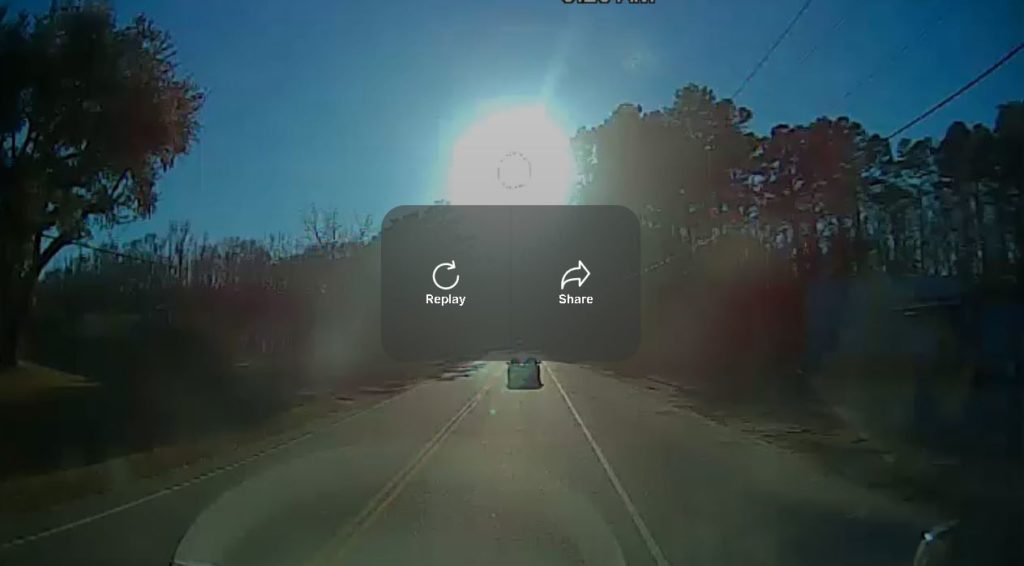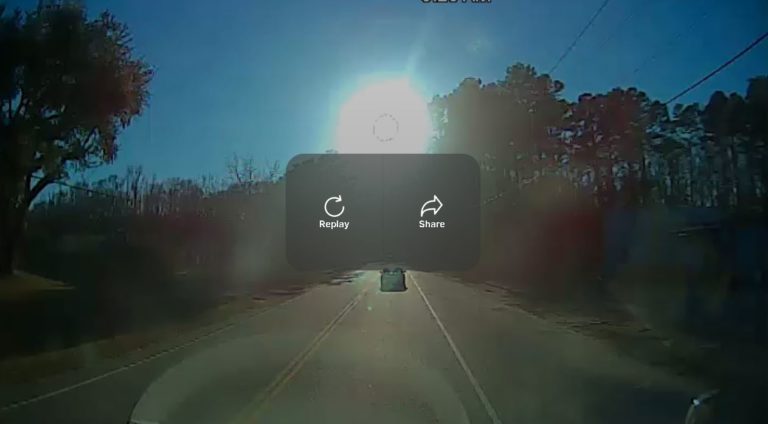AMX Driver Saves Life
According to the National Highway Traffic Safety Administration (NHTSA) fatalities from crashes that involve at least one big truck increased by 13% last year. That’s why it is important to share how the reduction of collision force can save a life and hopefully stop this statistic from rising even more. It is the American Transportation Research Institute (ATRI) who is dedicated to providing science-based models for crash predictability. In October 2022, the ATRI reported that there is a link between driver behavior and likelihood for future crashes. They provide research that carriers can use to monitor driver behavior in hopes of remedying predictors that indicate crash risk.
All of this research is best utilized if carriers also have proper monitoring systems such as dash cameras and alert systems. AMX was recently able to capture a driver’s life-saving response to an incoming vehicle and the subsequent collision.
Watch the video footage from the dash cam below.
Let’s dive into what happened and how the AMX driver was able to mitigate impact.
Traveling at about 43 mph around a curve, AMX regional driver, Dwight C. (employed for 2.5 years at AMX), released the gas pedal to reduce speed as he approached a cross street, anticipating entering traffic. He could easily spot the truck and saw it begin to pull into his lane. To avoid a high impact collision, Dwight quickly responded to the situation and was able to reduce speed by 38 mph within a few seconds, lowering the collision force.
Reducing speed can positively impact the severity of injury inflicted on the vehicle driver, especially with collisions positioned like this where the truck (a significantly greater mass) could slam into the driver side of a vehicle (‘t-bone’). Truck drivers need as much time as possible to reduce speed, much more than your average passenger vehicle. Truckers have to account for the weight of the truck and cargo (if loaded) and it takes at least twice as long for a truck to stop than a passenger vehicle. Learning to maintain looking ahead increases lead time.
AMX Safety Training
AMX continuously trains drivers in defensive driving in order to build safe driving habits. Trent Lester is the Driver Development Manager for AMX and a certified Driver Trainer for The Smith System. Trent uses his weekly driver check ins to reinforce lessons from The Smith System. “It’s all repetition and fleet messages,” he says. “We are safety first and communication second.”
Trent speaks to about 16 drivers on average each week– the focus always being safety. The Smith System is a driving training system requiring trainers to get recertified every two years. The system promotes space, time and visibility. What plays a big part in this is lead time and looking ahead, which is exactly what Dwight did.
Dwight said he was happy it was not worse. With the lead time, he was also able to assess oncoming traffic. He avoided turning into the other lane and oncoming traffic. He not only reduced collision force but reduced the number of collisions by continuing to steer straight.


